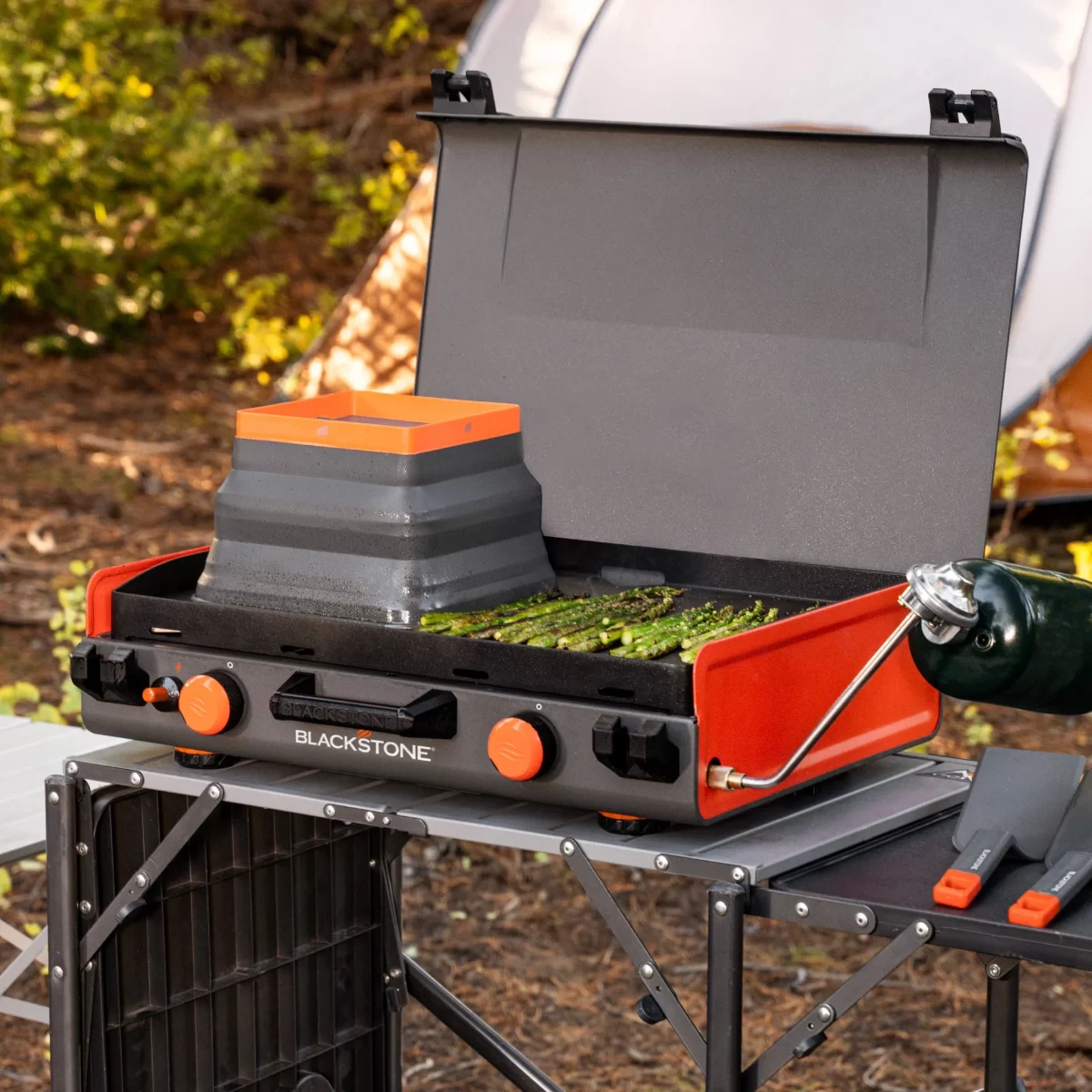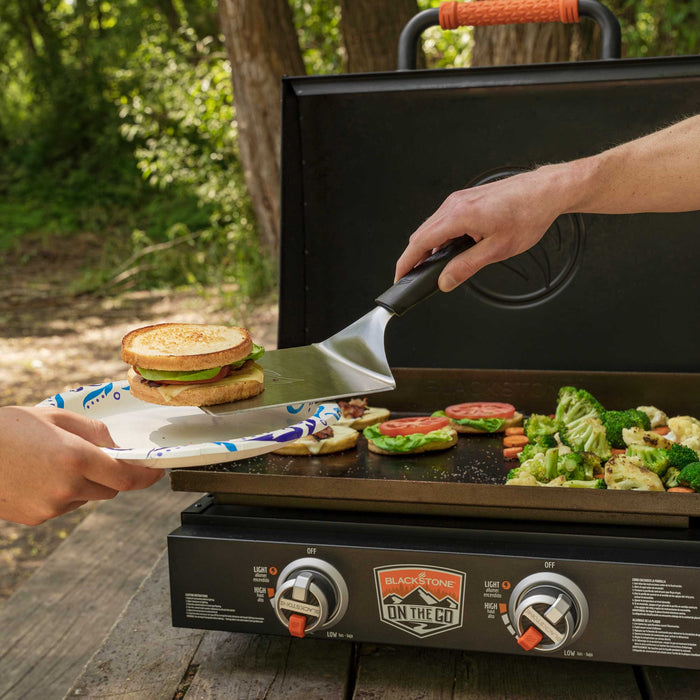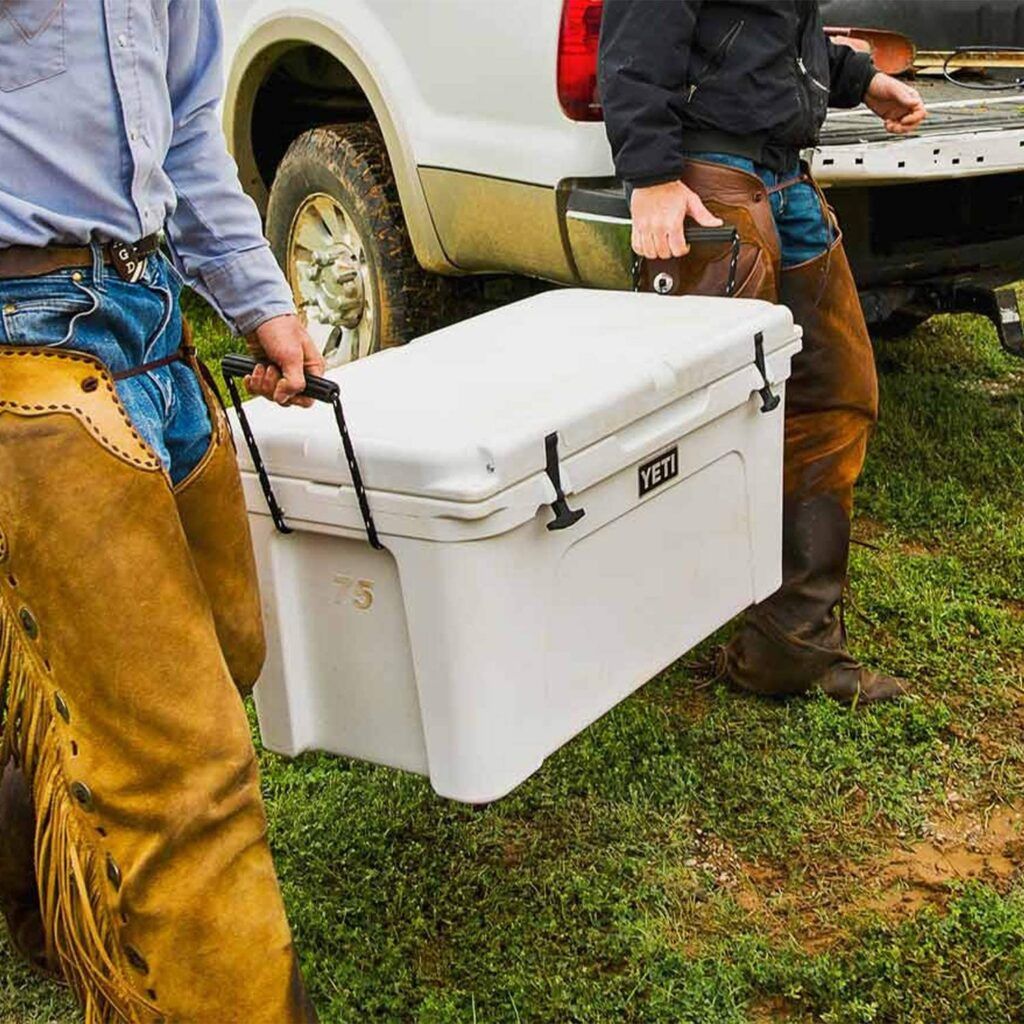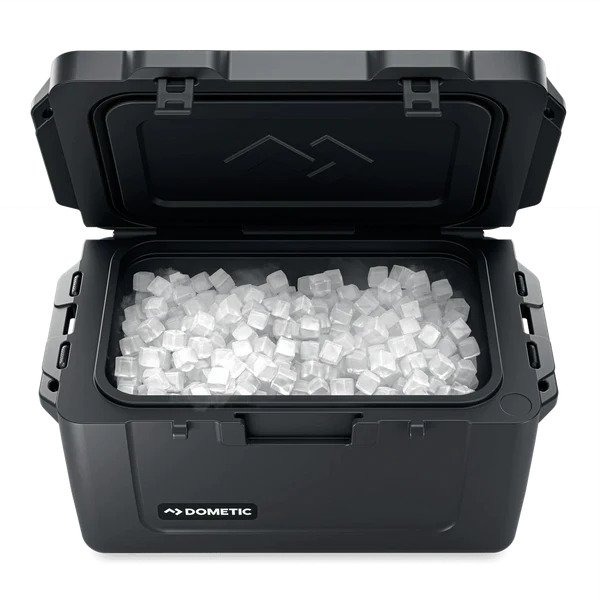Introduction: The Importance of a Good Folding Camping Chair
When it comes to outdoor adventures, having the right gear can make all the difference. A folding camping chair is one of those essential pieces that can enhance your experience, whether you’re camping in the woods, tailgating at a sporting event, or simply enjoying a day at the beach. With so many options available on the market, choosing the right folding chair can feel overwhelming. However, understanding your needs and preferences can simplify the selection process, ensuring comfort and functionality during your trips.
In this guide, we will explore the key factors to consider when selecting a folding camping chair. From weight and portability to materials and features, we’ll cover everything you need to know to make an informed decision. This comprehensive approach will help you find the perfect folding camping chair for your outdoor adventures.
Understanding Your Needs
Before diving into specific features, it’s essential to assess your unique needs and how you plan to use your folding camping chair. Consider the following factors:
Purpose of Use
- Camping: If you’re primarily using the chair while camping, focus on comfort and durability. You’ll want a chair that can withstand rough terrain and provide good support during long evenings around the campfire. A comfortable chair can enhance your overall camping experience, allowing you to relax and enjoy your surroundings.
- Tailgating: For tailgating, portability and ease of setup are key. Look for lightweight chairs that can be easily transported and set up quickly. Since tailgating often involves food and drinks, having features like cup holders and storage pockets can significantly improve convenience.
- Beach or Backyard: If you’re using the chair for the beach or in your backyard, consider features like UV protection and easy cleaning. Sand and saltwater can damage certain materials, so look for chairs designed to withstand these conditions.
Understanding how you’ll use your chair allows you to target specific features that fit your activities and lifestyle.
Frequency of Use
Another important consideration is how often you plan to use the chair.
- Occasional Use: If you need a chair for occasional outings, a more basic model may be sufficient. You won’t need to invest too much in additional features, saving money while still enjoying outdoor comfort during your leisure time.
- Frequent Use: If you’re a regular camper or outdoor enthusiast, consider investing in a higher-end chair with added comfort features. Look for durability, extra padding, and additional support to ensure longevity during repeated uses. A chair that withstands wear and tear can be a better long-term investment.

Key Features to Look for in a Folding Camping Chair
When it comes to folding camping chairs, various features can enhance your overall experience. Here’s a breakdown of what to prioritize:
Weight and Portability
- Lightweight Design: If you plan to hike or walk to your campsite, look for a chair that weighs no more than 5-7 pounds. A lightweight chair is easier to carry and won’t weigh you down during your journey. Portability is crucial if you’re moving between locations frequently.
- Compact Folding: Pay attention to how compact the chair folds. Chairs that easily compress into a manageable size can be more comfortable when packing and unpacking for trips. An ideal chair should fit into your backpack or trunk without taking up excessive space.
Comfort and Support
- Seat Height: Consider the seat height that best suits your comfort level. A higher seat can make it easier to get in and out of the chair, while a lower seat may feel cozier for prolonged sitting. Individuals with mobility issues may benefit from higher chairs for easier access.
- Padded Seating: Look for options with padded seating and back support. Extra cushioning is especially important for longer seating durations, ensuring you remain comfortable throughout your outdoor experience. Some chairs feature lumbar support, which is helpful for maintaining good posture.
- Armrests: Chairs with armrests can significantly enhance comfort, providing a place to rest your arms when you’re relaxing. Some models even feature cup holders for added convenience, allowing you to enjoy your favorite beverage without needing to hold it.

Durability and Material Quality
The materials used in your folding camping chair play a key role in its durability and performance. Here are some aspects to pay attention to:
Fabric
- Polyester or Nylon: Look for chairs made from durable fabric options like polyester or nylon. These materials are typically water-resistant and easy to clean. Choose chairs that have reinforced seams and are designed to resist wear and tear.
- Ripstop Technology: Chairs that incorporate ripstop fabric help improve durability, preventing tears from spreading. This is especially important in rugged outdoor environments where the chair may be subjected to rough conditions.
Frame Construction
- Aluminum vs. Steel: Aluminum frames are lightweight and rust-resistant, making them great for portability. Steel frames tend to be heavier but provide greater strength, which can be beneficial for heavier users. Consider your priorities—lightweight versus sturdiness. A stronger frame may support heavier weights without bending or collapsing.
- Weight Capacity: Check the chair’s weight capacity to ensure it suits your needs. Most folding camping chairs have a weight limit ranging from 250 to 500 pounds. Selecting a chair that safely accommodates your weight improves safety and comfort while using the chair.

Additional Features That Enhance Functionality
While comfort and durability are critical, other features can make your folding camping chair even more functional. Here are some extras to consider:
Cup Holders and Side Pockets
Many chairs come equipped with built-in cup holders or side pockets that allow you to store personal items while you relax. These features add a level of convenience, keeping your essentials within easy reach. It’s especially useful when you want quick access to snacks or your phone.
Canopy or Sunshade
If you’re spending long hours outdoors, you might want a chair with a canopy or sunshade. Having protection from the sun can enhance your comfort and keep you cool during hot weather. Some chairs even come with removable shades that you can adjust based on the sun’s position.
Easy Setup and Breakdown
Check for chairs designed for easy setup and teardown. Many modern options feature a simple pop-up mechanism that allows you to get settled quickly without hassle. A chair that’s easy to fold up saves you time and effort.

Cost vs. Quality: Finding the Right Balance
When searching for a folding camping chair, it’s essential to balance cost and quality.
- Budget Options: There are plenty of affordable camping chairs available, but remember that lower-priced options may sacrifice comfort and durability. While you can find great deals, ensure you read reviews to see if the chairs hold up over time. Low-cost options might be suitable for infrequent use but can underperform during heavy-duty situations.
- Investment in Comfort: If you plan to use your chair frequently, investing in a high-quality model can pay off in comfort and usability. Look for chairs with a strong reputation for longevity, even if it means spending a bit more upfront. A comfortable chair can enhance your time spent outdoors.

Common Questions About Folding Camping Chairs
As you consider purchasing a folding camping chair, you may have several questions about usage, care, and features. Here are some common inquiries:
How do I clean my folding camping chair?
Most chairs can be wiped down with a damp cloth and mild soap. For fabric chairs, check the care label for specific cleaning instructions. Regular maintenance can increase the lifespan of your chair.
Can I use my camping chair for indoor activities?
Absolutely! Folding camping chairs are versatile and can be used for indoor events, like family gatherings or movie nights. They’re convenient since they can easily be stored away after use.
Are there chairs designed specifically for larger individuals?
Yes, many brands offer oversized camping chairs that provide additional support and comfort for larger users. These chairs typically feature reinforced frames and higher weight limits.
Conclusion: Choosing the Right One for Your Adventures
In summary, selecting the perfect folding camping chair requires careful consideration of your needs and preferences. By understanding your intended use, prioritizing key features like weight, comfort, and material quality, and balancing your budget with quality, you can pinpoint the ideal chair that meets all your outdoor adventure needs.
With the right folding camping chair, you can enhance your relaxing moments in nature, from camping trips and tailgate parties to afternoons at the beach. Take the time to explore your options, read reviews, and consider what features are most important to you. The right chair can make all the difference as you create memories in the great outdoors. Don’t settle for discomfort—choose wisely, and enjoy your outdoor experiences to the fullest!









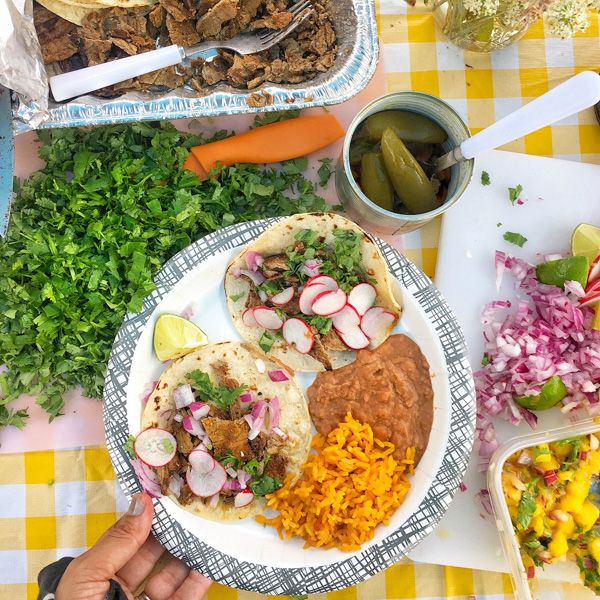


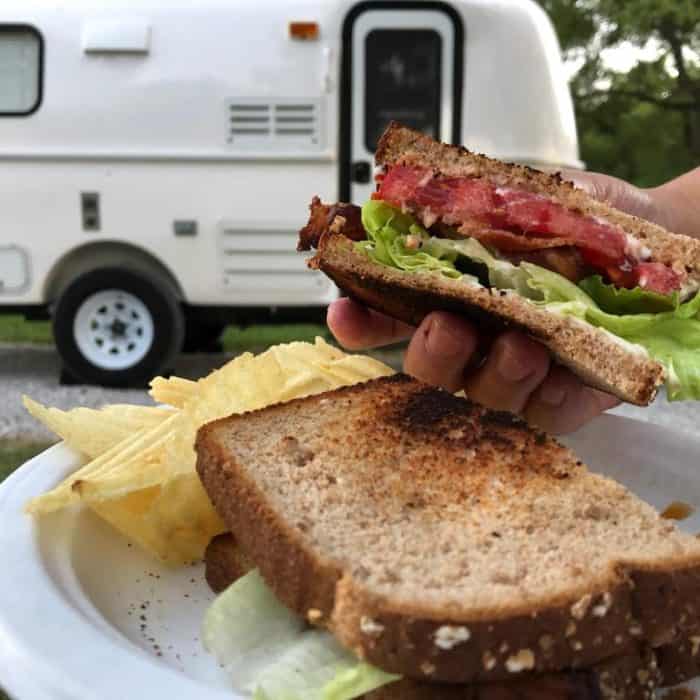


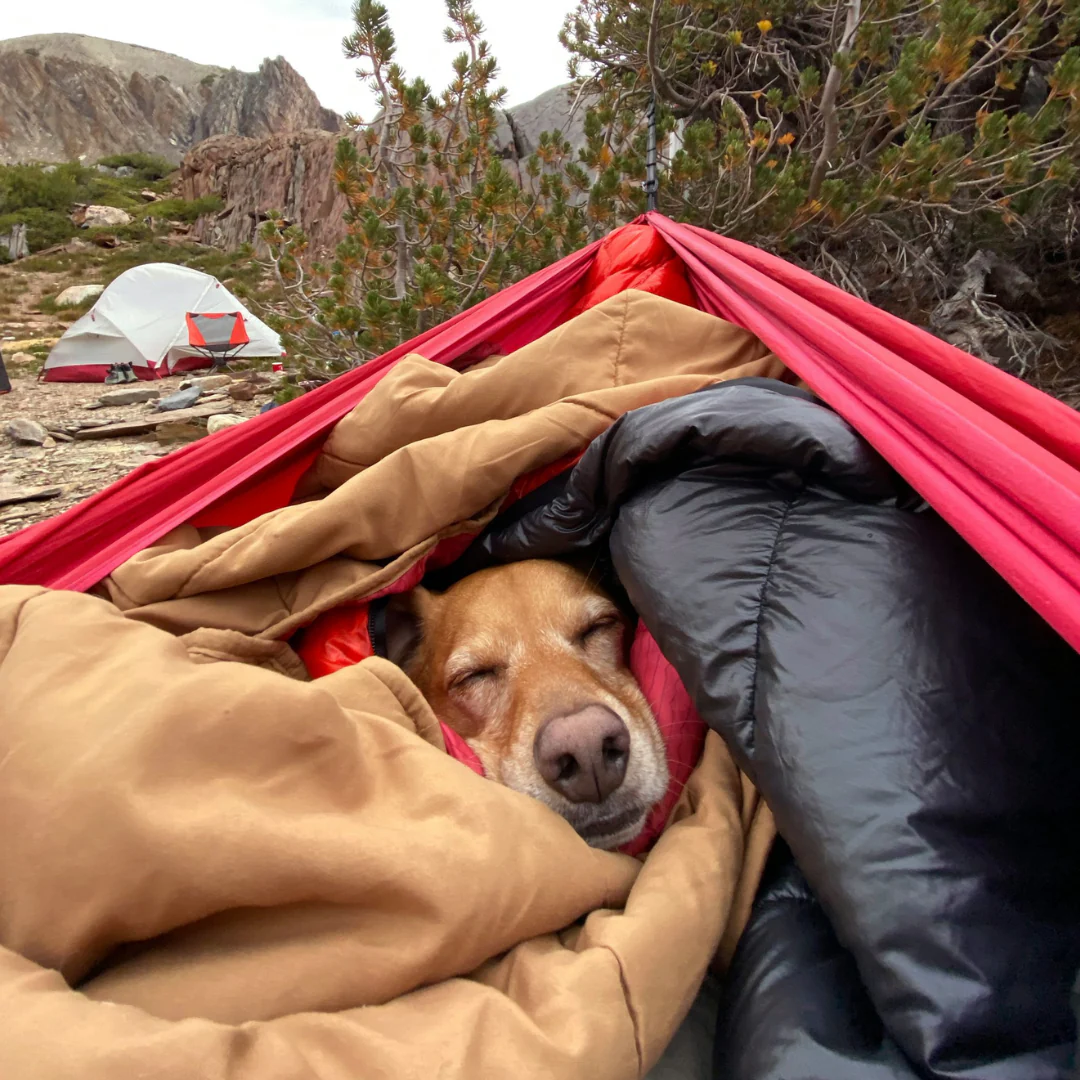



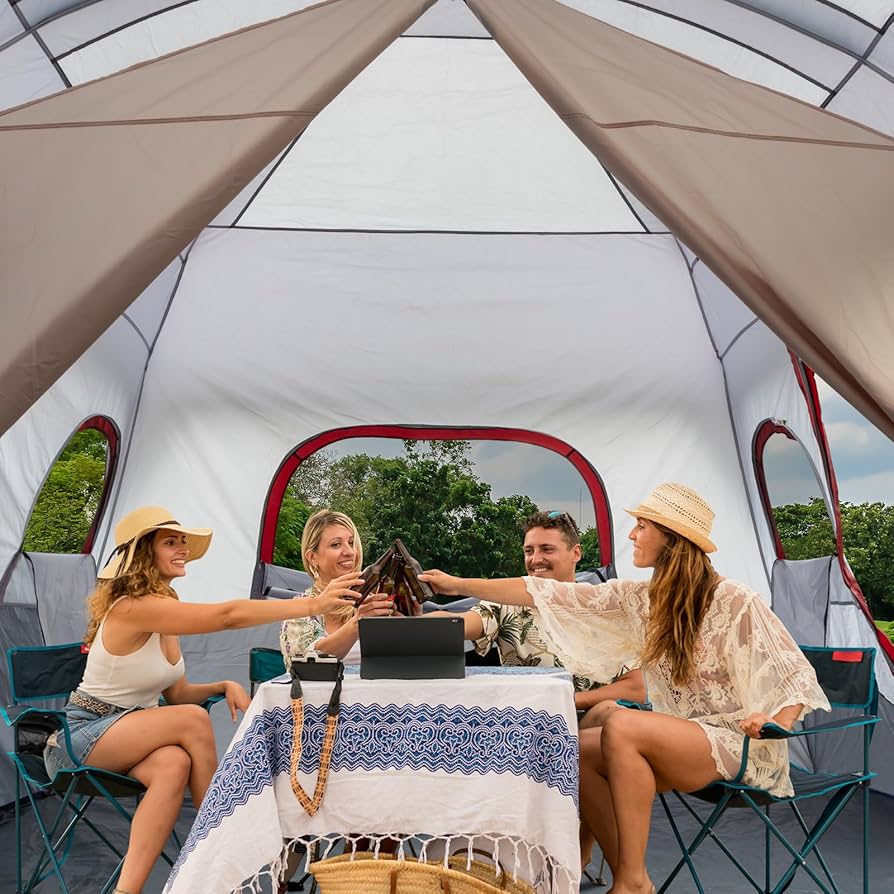
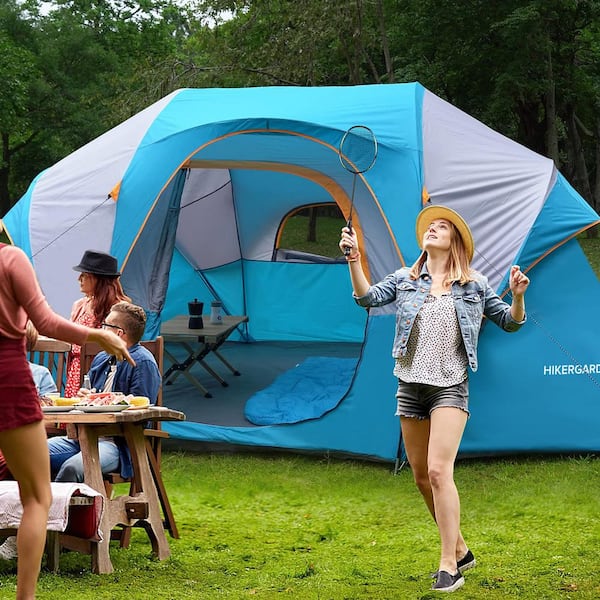

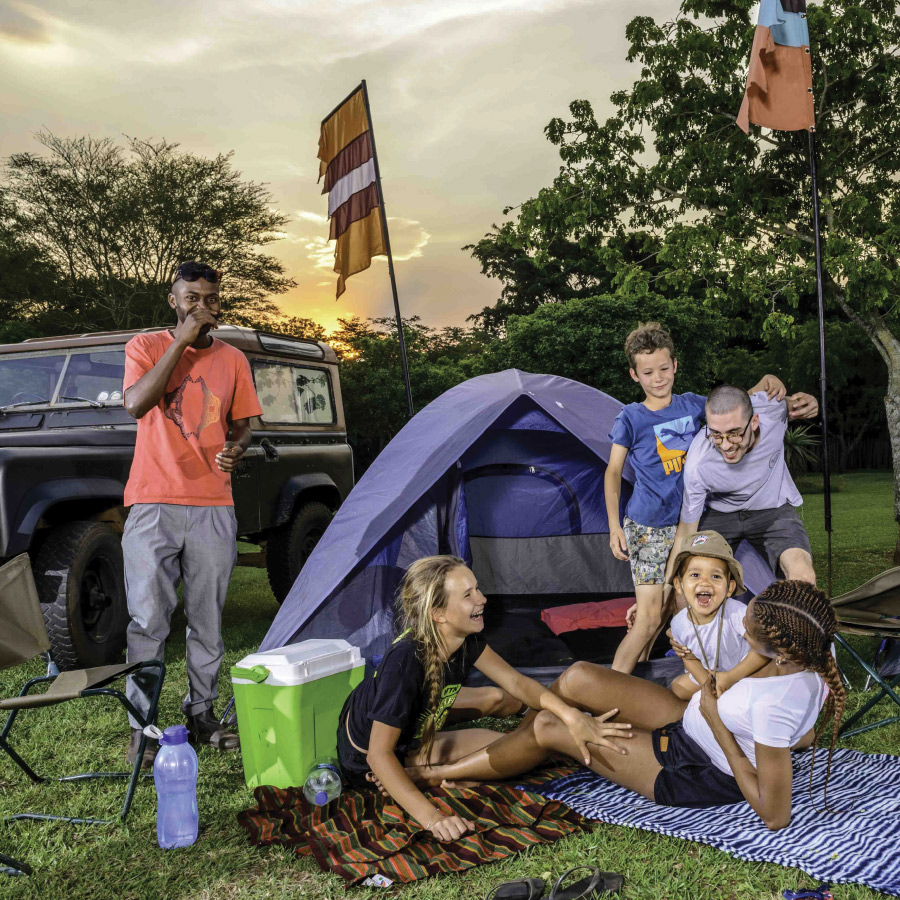



![The 12 Best Camping Stoves [2024] | Take The Truck](https://images.squarespace-cdn.com/content/v1/5bbd67d490f9042649da280e/1721dd60-271f-40af-9c62-cb9ebfba6713/best-camping-stoves.jpg)
